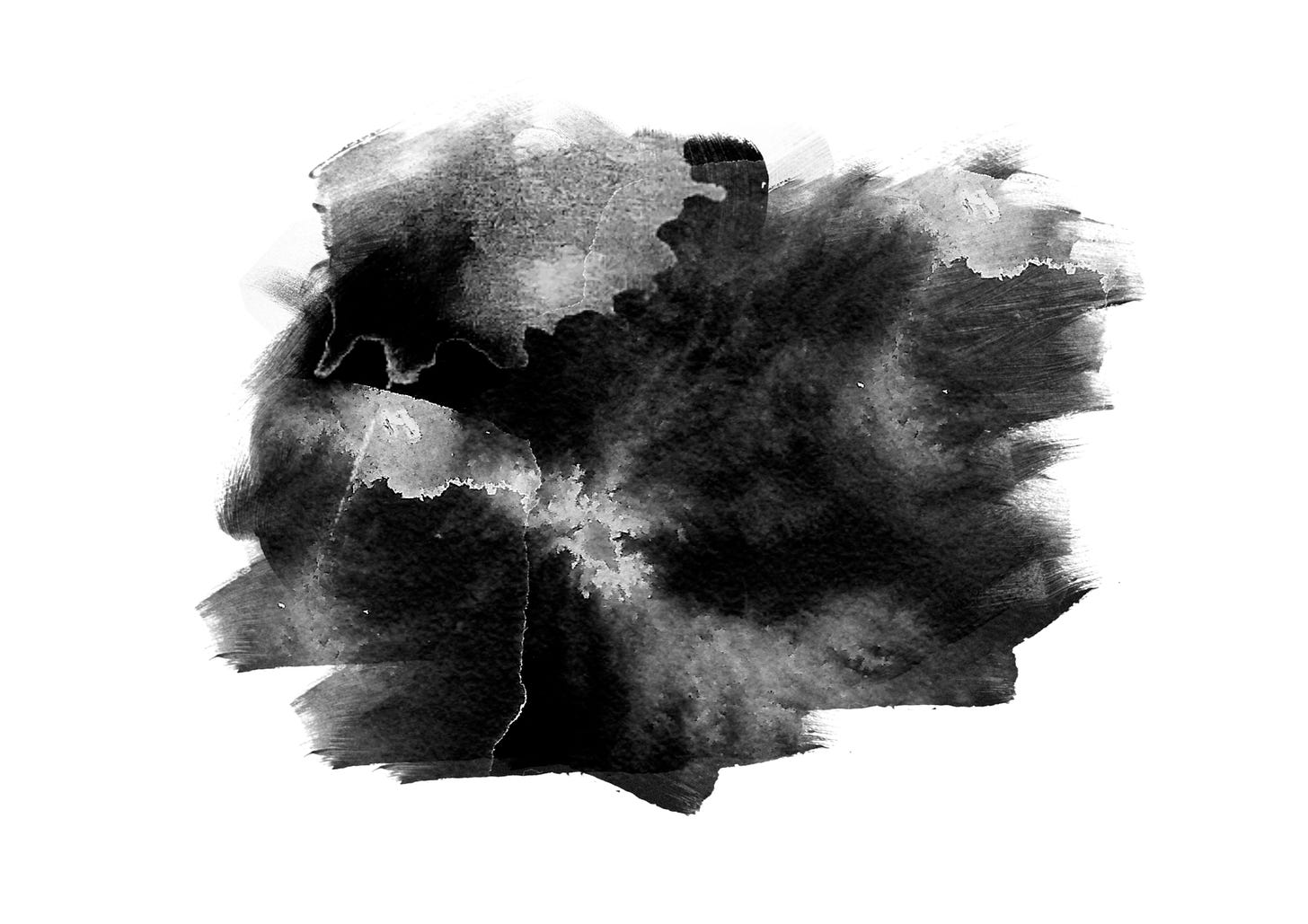In today's TPOM, we will dive deeper into delusion, taking the time to look at the components surrounding and informing one's delusion. Along the way, we will take a look at the ways in which these components nest proximally to the major elements within the matrix of thought.
Amorphous
If something is amorphous, it lacks physical form or shape. Have you ever known someone who rarely, if ever, thinks about their thought processes and who never really allows for any introspection or self-reflection? I certainly have known many people who fit this category. When such a person is asked a question about how they feel, they will state that they don't know, or when asked what they think, they will say that they don't know and that they don't really think about X or Y things very often or at all. It is easy on the surface to make the assumption that such a person is very insecure or shy, and while that may be accurate in many instances, it leaves out one crucial point. A delusional person who suffers from self-generated delusion will often not want to answer any introspective questions or any questions that may allow them to be seen in a light that could possibly detract from their self-perception or that would brush up against either Y or O as determined in the earlier posts in this series.
As we have established, the desire to avoid Y and O at all costs is subsumed within the greater desire to go unobserved so that anonymity regarding Y and O yields the ability to hold onto one's delusion without having to struggle intensely. I briefly mentioned in the prior installment that reality doesn't really care about anyone's delusions, so it will frequently brush up against one's delusions. With each brushing, the delusional person will have to reinforce their delusions with their prior chosen robust worldview and with effort. This concept of reality pushing back against the delusion is one that happens ubiquitously. That means that no matter how well someone has structured their delusion, there is always something pushing, knawing, ripping, tearing, or generally just messing with their delusion. The delusional one experiences this brushing, which is upsetting to them, but they filter it through their delusion, and they do so in a way that it fits into their narrative as well as possible and, if need be, not well at all. Once placed within their narrative, and no matter how well it fits, they will proceed with the restructured broken reality as if it is actual reality.




